
Our sustainability strategy to advance the energy future
ASPIRE 2045 Sustainability Strategy
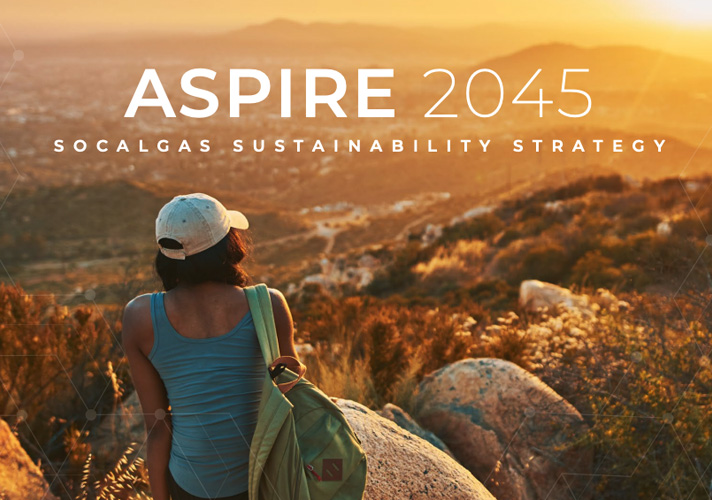
For more information on SoCalGas’ support for a cleaner energy future, read the full 2024 Corporate Sustainability report.
Learn more about our ASPIRE 2045 Sustainability Strategy from our FAQ and Factsheet.
Investing in safe and resilient operations
Strengthening our safety culture and the resilience of our system in support of customers, communities, employees, and contractors.

Safe digging program helps prevent pipeline damage
Our damage prevention program has helped decrease the pipeline excavation damage rate by more than 25% since 2020, supporting public and infrastructure safety.

Promoting a diverse supply chain enhances resilience and supports local economy
In 2024, we spent $1.5 billion with California suppliers, and $1.08 billion with diverse business enterprises, supporting supply chain resiliency.
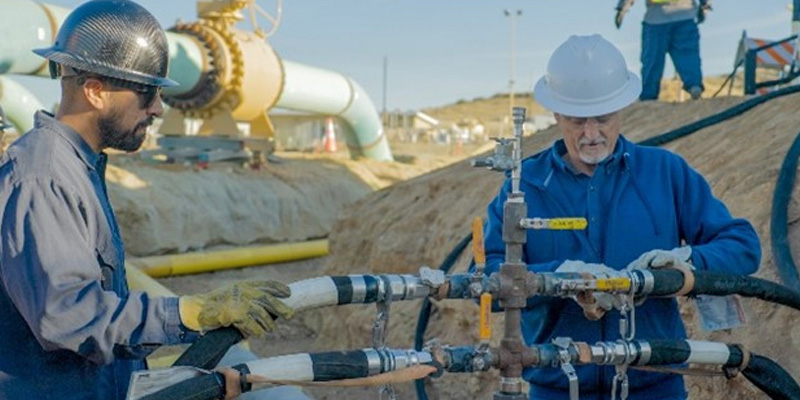
Reducing ‘blowdowns’ helps the environment
Reducing gas released during maintenance cut 2023 gas emissions by an amount equivalent to removing about 39,000 internal combustion engine cars from the road for a year
Goals*:
- Safety Management System: Continually mature Safety Management System to foster a robust culture for employee, public, infrastructure, and contractor safety.
- First Responder Education: Educate fire agencies within SoCalGas' service territory on comprehensive gas-related emergency management and incident response annually.
- Methane Emissions Reduction: Target methane emissions reductions by 40% by 2030 from 2015 levels.1
- Vented Gas: Aim to eliminate vented gas during planned transmission pipeline projects by 2030.2
- Energy Reliability: Take actions to advance energy reliability annually.
- Infrastructure & Climate Resilience: Enhance the resilience of company infrastructure and proactively address climate risks through strategic preparation and innovative technology.
- Supply Chain Resiliency: Take actions to promote a diverse and resilient supply chain and enhance supplier relations.
- Cybersecurity: Aim to place among the top 25% of SoCalGas’ peers in implementing and managing effective cybersecurity practices.3
*SoCalGas’ ability to meet its goals is dependent on supportive policy, regulatory, and market conditions.
1Based on state goals established by California Senate Bill (SB) 1371 and SB 1383.
2Excluding emergency repairs.
3Based on SoCalGas’ biannual assessment using the National Institute of Standards and Technology’s (NIST’s) Cybersecurity Capability Maturity Model compared to a group of North American energy utility peers.
Engaging people and communities
Driving measurable impact through customer, community, and workforce initiatives.
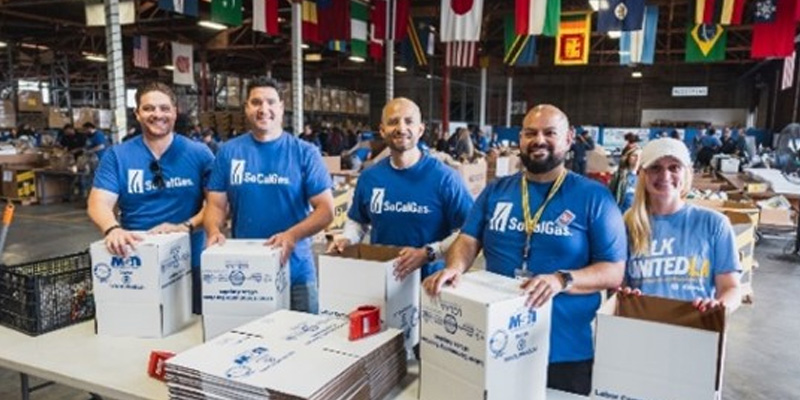
Investing in our communities
Since 2014, SoCalGas has invested more than $90 million of shareholder funds into the communities we serve.

Developing leaders that shape the future
SoCalGas’ leadership program prepares and empowers employees to lead the company on its sustainability journey and to support the state’s climate goals.

Making customer bills more affordable
Our CARE program offers a 20% monthly bill discount to qualified customers. In 2023 alone, CARE customers received more than $260 million in gas bill discounts.
Goals*:
- Bill Affordability: Maintain affordability for natural gas bills and aim to be in the lowest 25% of average residential bills compared to SoCalGas’ peers nationwide.4
- Customer Bill Assistance: Aid eligible customers in accessing bill assistance programs to manage their energy costs.
- Energy Efficiency: Meet state energy efficiency goals annually.5
- Community Engagement: Engage Community Advisory Councils and stakeholders at least quarterly to collaborate on issues around affordability and energy decarbonization.
- Community Investment: Invest shareholder funds in the community through charitable giving and community service.
- Employee Engagement: Target achieving top quartile employee engagement survey participation compared to peer benchmarking group.
- Employee Development: Grow employee participation in professional development programing annually.
* SoCalGas’ ability to meet its goals is dependent on supportive policy, regulatory, and market conditions.
4 Peer group includes the American Gas Association’s (AGA’s) Top 50 U.S Utilities by number of consumers.
5 SoCalGas energy efficiency goals for 2022-2032 set by CPUC in R.13-11-005 and D.22-05-016. These programs are funded by California utility customers and administered by SoCalGas under the auspices of the California Public Utilities Commission.
Innovating for the future
Advancing innovative technologies, business practices, and policies to support the energy future and state climate goals.
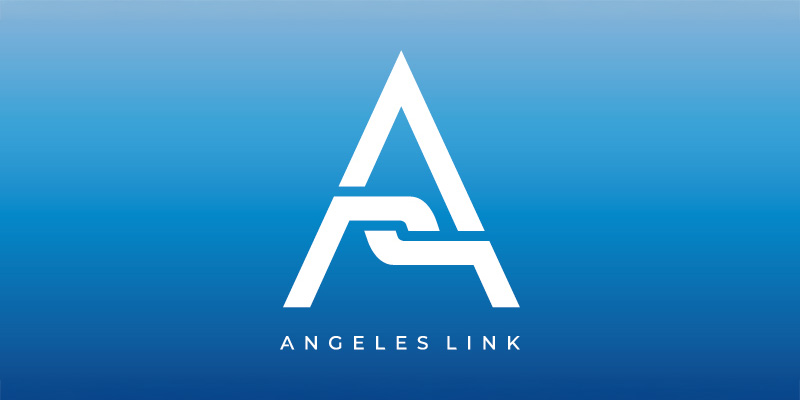
Shaping the future with clean renewable hydrogen: Angeles Link
We have proposed Angeles Link, an open-access pipeline system for transporting clean renewable hydrogen at scale to end users across Central and Southern California.
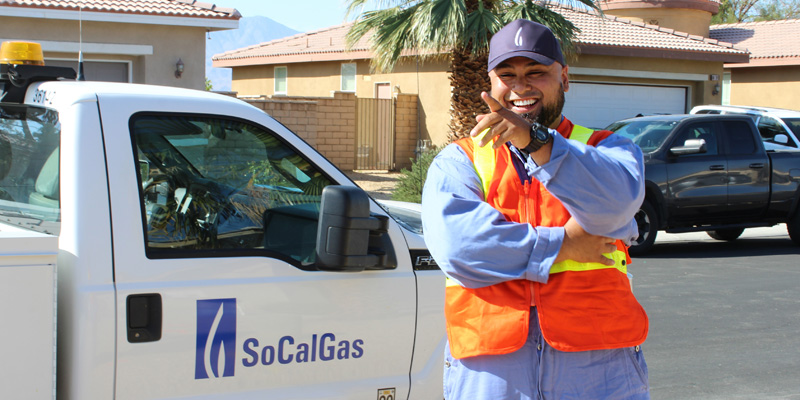
Cleaner fleet, lower emissions
As of year-end 2024, we had converted 42% of our over-the-road fleet to alternative fuel vehicles, which helps to reduce greenhouse gas emissions and improve air quality.
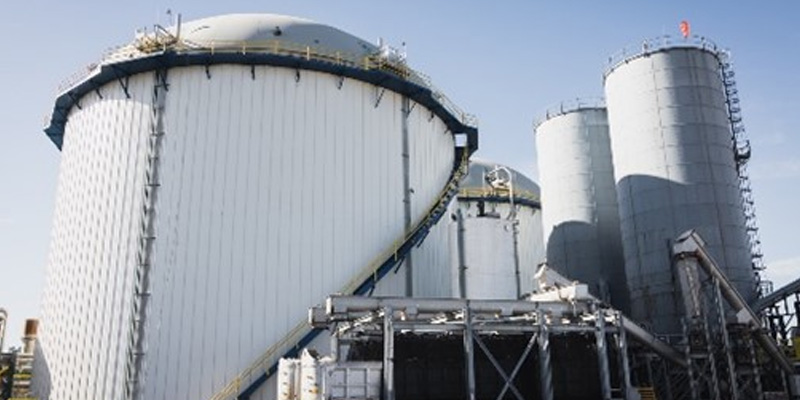
Converting waste to energy
We recently signed a contract to procure renewable natural gas converted from organic waste and to inject it into our pipeline system to help advance decarbonization.
Goals*:
- RNG Delivery: Target delivery of 20% renewable natural gas (RNG) to core customers by 2030.
- Hydrogen Blending: Safely blend up to 20% hydrogen in distribution pipeline demonstration project(s) by 2030.
- Angeles Link: Aim to design and construct an open-access clean renewable hydrogen pipeline system.
- Microgrids: Create advanced microgrid solutions for commercial and industrial customers to boost reliability, enhance resilience, and meet the growing demand for electricity.
- Fleet: Convert fleet to zero emission vehicles, where feasible, and equip targeted SoCalGas facilities with electric charging stations by 2040.6
- Building Optimization: Optimize building operations through efficient use of resources and transitioning to renewable or low carbon power by 2045.7
- Compressor Stations: Enhance responsible business practices and implement emissions reduction strategies at compressor stations.
- Research & Development: Drive innovation and efficiencies through research and development by targeting completion of 10 projects by 2030.8
*SoCalGas’ ability to meet its goals is dependent on supportive policy, regulatory, and market conditions.
6Includes over-the-road fleet, where feasible. Achievement dependent on functional application, availability of cost-effective vehicle products, and regulatory and policy support.
7Includes onsite and grid-connected renewable and low carbon energy sources. Achievement dependent on availability of cost-effective energy supplies, and regulatory and policy support. Excludes compressor, transmission, unmanned, and leased sites, and energy used in support of emergency events.
8Includes projects completed between January 1, 2025 and December 31, 2030.